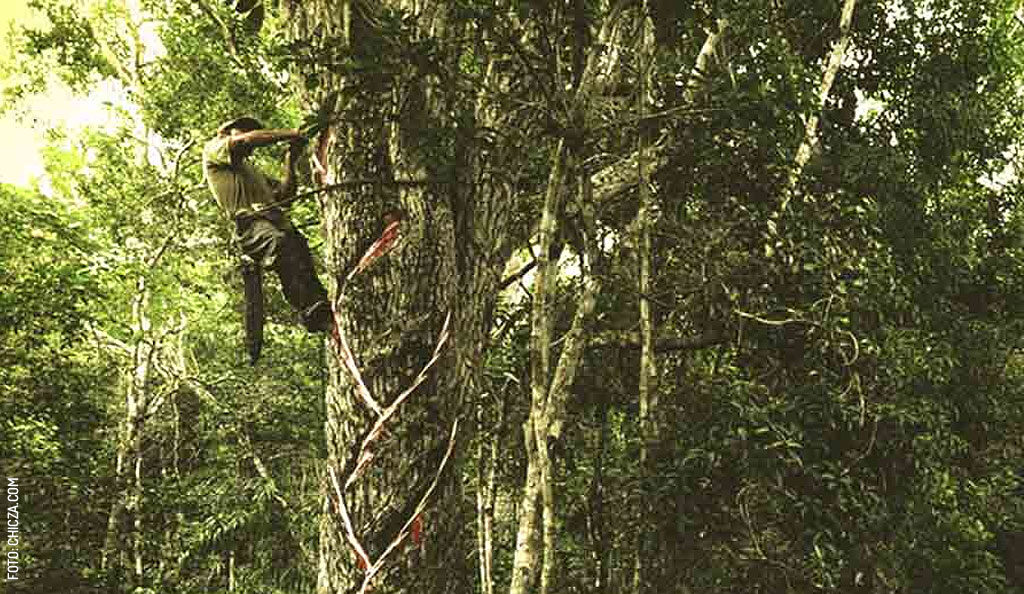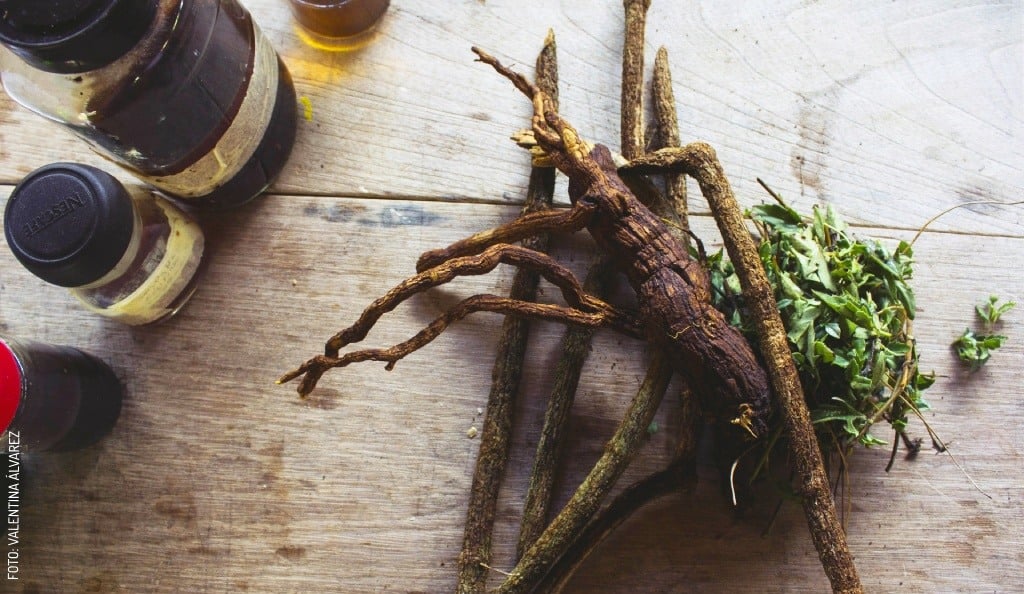
Maya "Bone-Setters" or "Massage Therapists"
Maya Bonesetters, Maya "Bone-Setters" or "Massage Therapists"
In traditional Maya medicine, both women and men use various techniques to heal and ease bodily discomforts. Some of these methods are learned through practice and observation, viewed by some as a special "gift;" for others, the skill is passed down through generations from parents and grandparents to their children, grandchildren, and even nieces and nephews.
"Bone-Setters", "Massage Therapists", Herbalists, and Mayan healers.
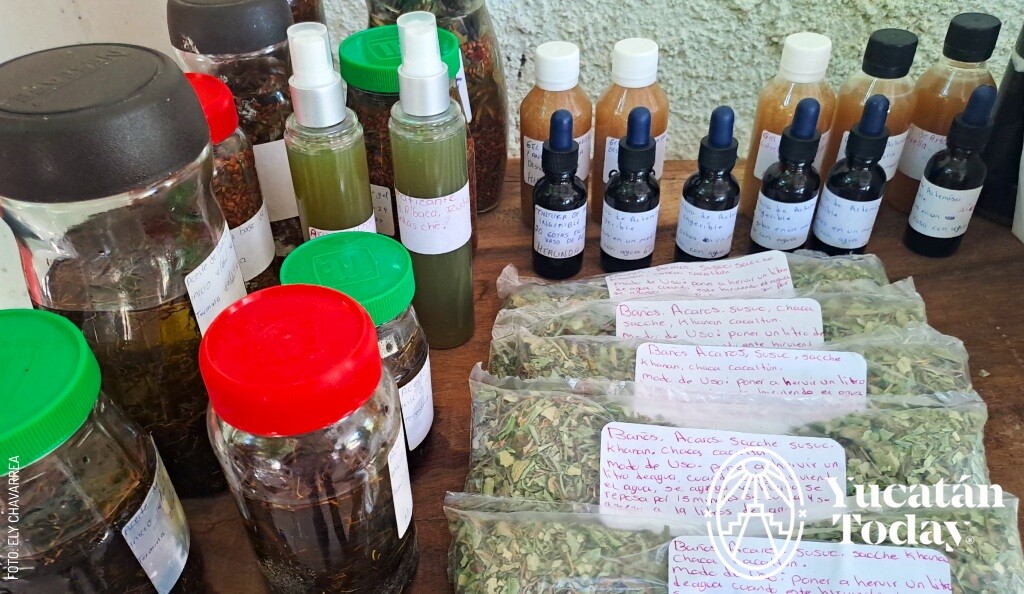
Healing practices in Maya culture have deep roots; some of the most relevant disciplines are carried out by Maya Hueseros (bone-setters) or Sobadores (massage therapists), midwives, bloodletters, herbalists, J-Me'eno'ob, and healers, some of whom are called sorcerers, depending on the type of healing they perform. These traditional healers harness the power of plant knowledge or resort to divination to conduct their healing rituals.
For now, let's focus on Hueseros and Sobadores. Many of them believe their own healing ability is innate, seen as a divine calling or a special gift bestowed upon them. It's as if their hands were naturally imbued with the power to heal and soothe the body.
What does a Mayan "Massage Therapists" or "Bone-Setter" do?
Relying on divine assistance and the skill of their hands, Maya bone-setters employ a blend of intuition and literal hands-on experience to diagnose and address injuries. Sobadores describe their practice as a deeply intuitive art, where their hands seem to possess an innate understanding of the body's needs. Hueseros often say that their hands can directly detect bodily problems. They often refer to how their hands simply "know" the body, both on the surface and beneath it, and that when they place their hands on a sore body, the hands act on their own and locate the problem areas. Hueseros don’t "guide" their hands around an injury, in other words: it is the hands that guide them.
Furthermore, they firmly believe that this skill has grown within them and remained ever-present. The empathetic connection expressed through their hands holds significant value for Maya bone-setters. Many of these healers rely entirely on this innate sense to diagnose and treat ailments. Their approach could be described as a natural way of caring, where the body intuitively supports others in need, operating at a subconscious level.
How do the "Bone-Setters" or "Massage Therapists" heal?
.jpg)
When an injured person visits a Maya bone-setter, the bone-setter first helps the patient relax and then listens attentively as they describe their discomfort. They're keen to know the type of injury, its seriousness, and how long it has been bothering them. Visual clues on the body, like swelling, discoloration, or bruises, give hints about the injury and assist the bone-setter in pinpointing it accurately. They may also check the range of motion of the patient's injured limb or torso, when possible.
Next, the bone-setter may prepare the patient for palpation. For this, they will apply a lubricating and/or warming agent, such as ointment, oil, or cream made from medicinal plants, on their hands and the patient's body. These herbal remedies, often collected from nature, were traditionally sourced from the forest, but nowadays, many massage therapists grow their own herbs in their gardens for making these ointments. They may even recommend the patient to drink some type of tea for better healing.
Hueseros need their hands to move freely over the patient's body, allowing them to obtain more information about the injury they must treat. They move their hands around the injury while gently pressing the flesh, searching for any signs of discomfort or pain. Once they identify and examine the problematic areas, their hands pick up on any irregularities, noting changes in swelling, texture, and temperature.
How does a Mayan "sobada" work?
Once they've pinpointed the issue, in addition to the massage, they often suggest remedies to reduce inflammation in the affected area, like compresses or specific types of the aforementioned herbal tea. The effect of the massage or treatment is usually gradual, and it may even need to be repeated two or three times, depending on the type of injury. Sobadores, let's remember, are traditional healers, and it’s up to them to determine when the injury has healed. It is important to mention that traditional medicine is not incompatible with "modern" or allopathic medicine. For instance, if there's a fracture, they advise seeking help from a conventional specialist.
By Anabell Castañeda and Ely Chavarrea.
Photography by Valentina Álvarez and Ely Chavarrea.
First published in Yucatán Today magazine, in October 2009.
Read also:
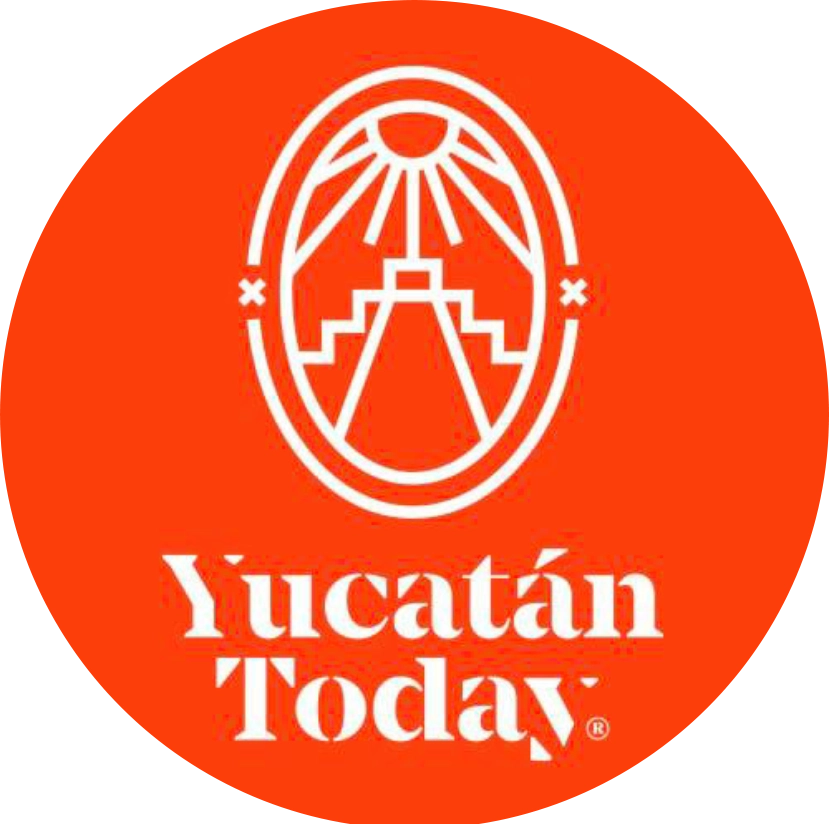
Author: Yucatán Today
Yucatán Today, the traveler's companion, has been covering Yucatán’s destinations, culture, gastronomy, and things to do for 37 years. Available in English and Spanish, it’s been featured in countless travel guides due to the quality of its content.
¡Receive the latest articles and much more from the best of Yucatán in your email!
Related articles
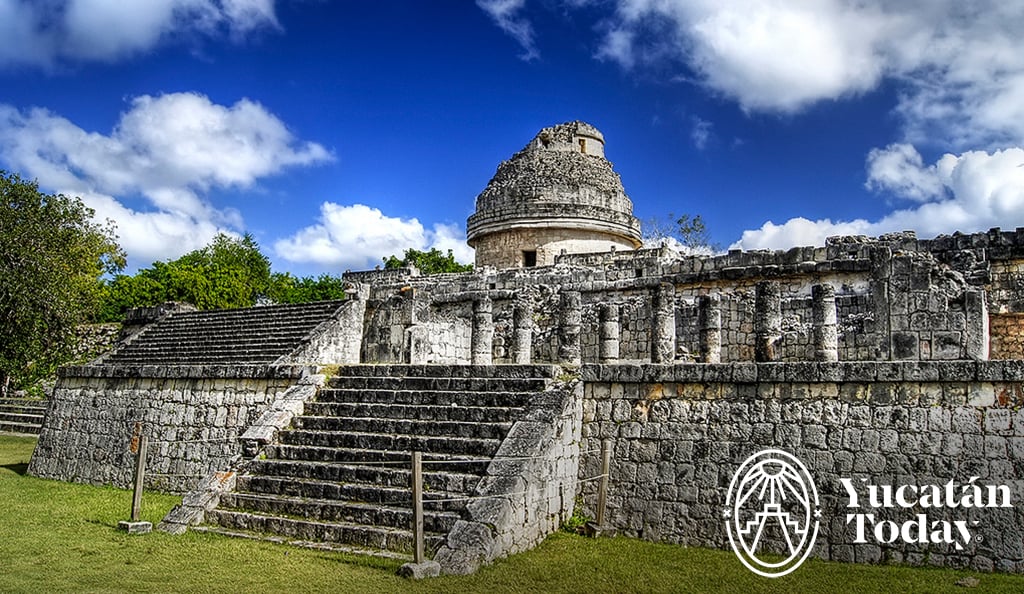
The Maya, the Sun, the Moon and the Stars
Explore the ancient Maya's astronomical brilliance in accurately tracking celestial movements and using them to shape their civilization's destiny.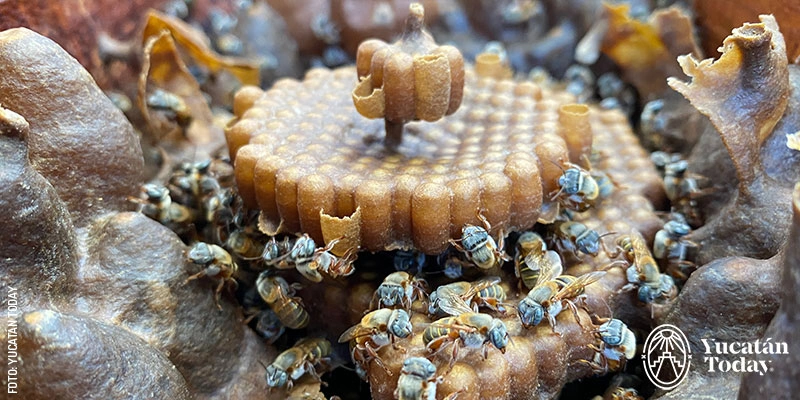
Meet Yucatán’s Native Bees
Native bees of Yucatán: Their honey, Mayan tradition, and why protect them. Learn about melipona bees and how to help their survival.